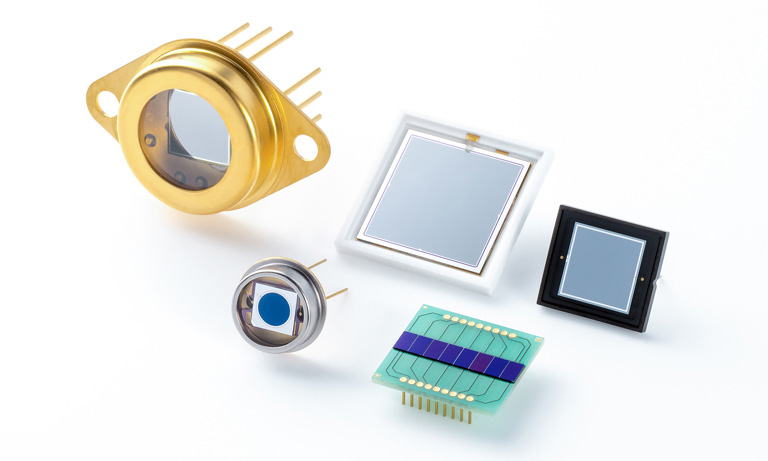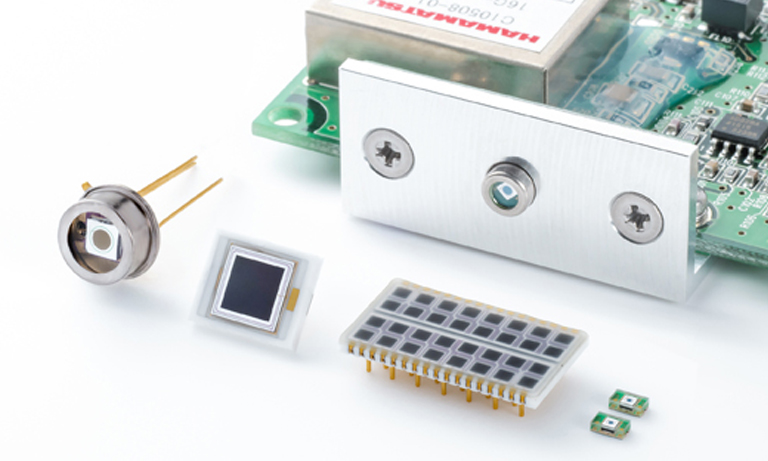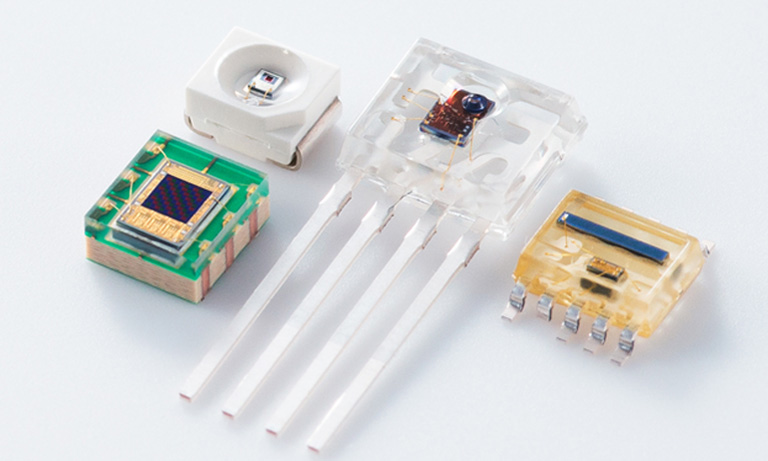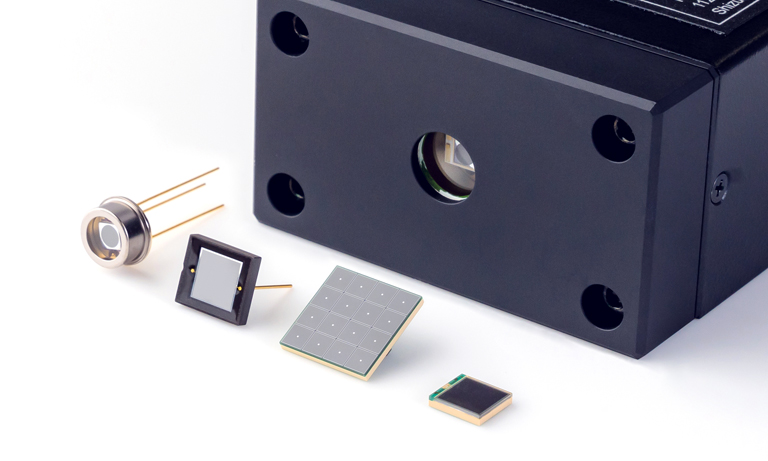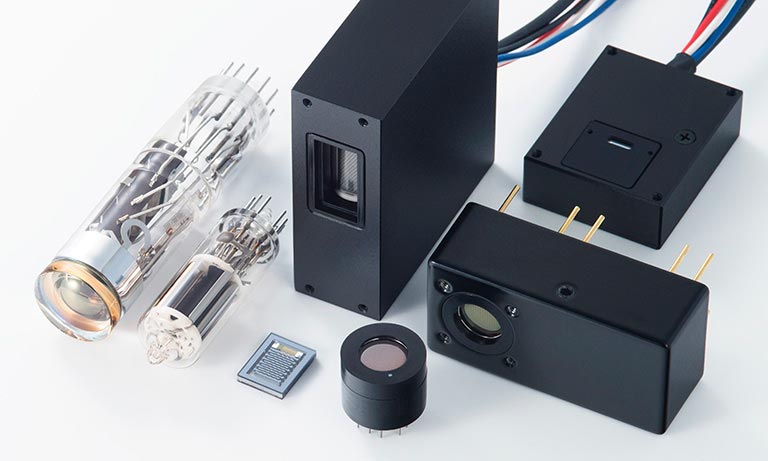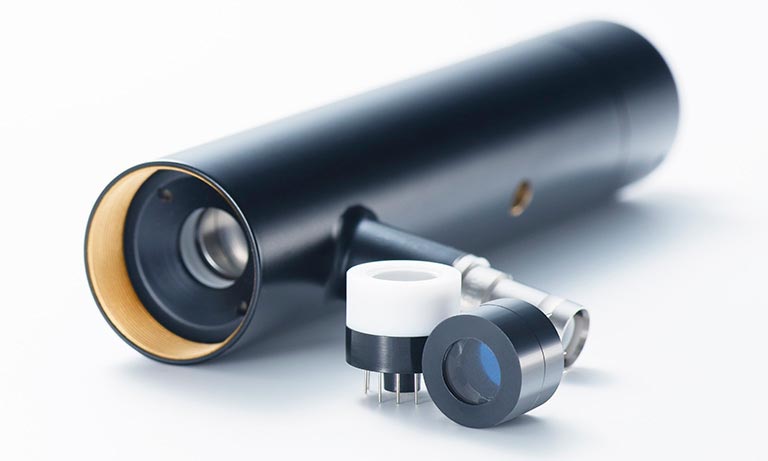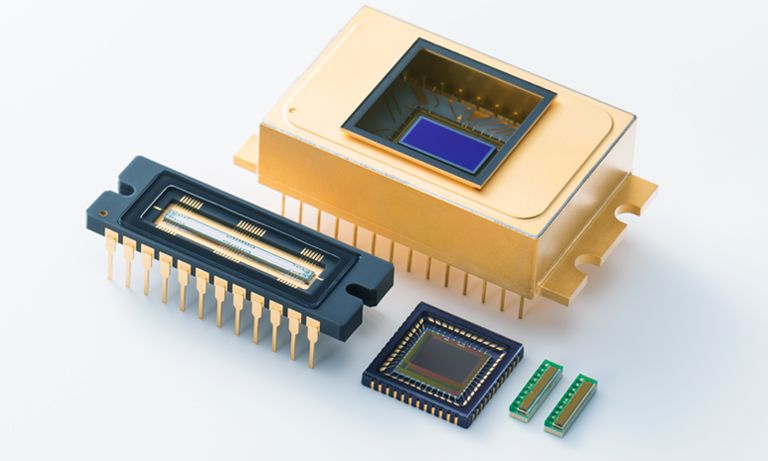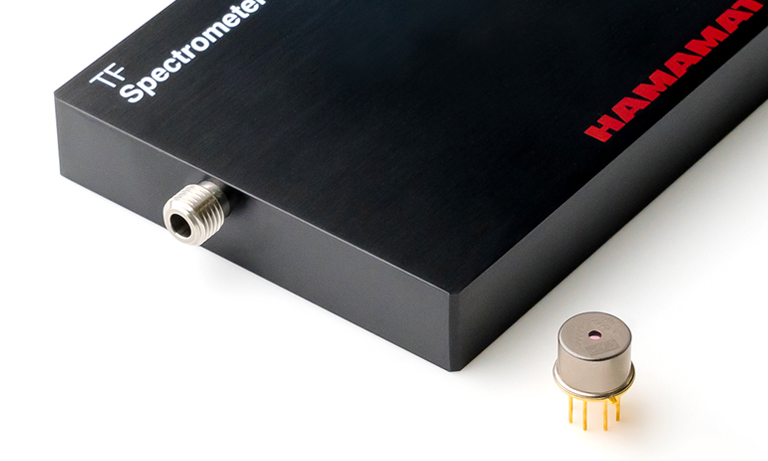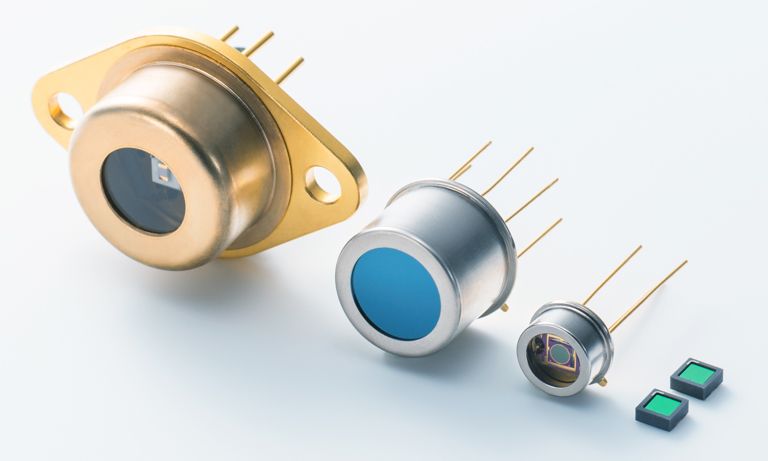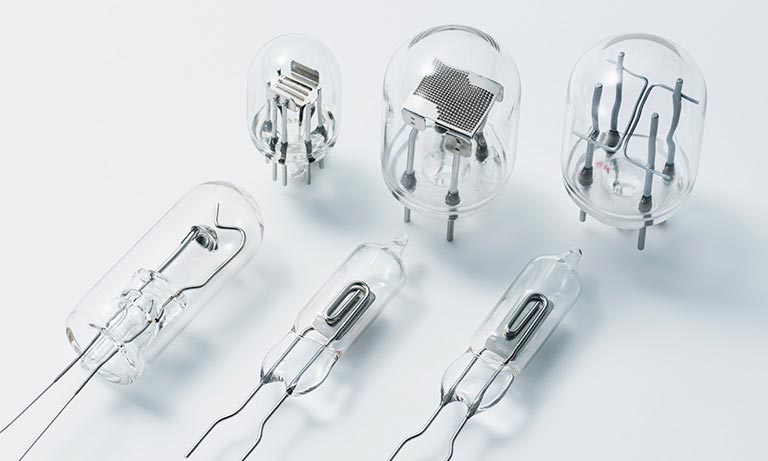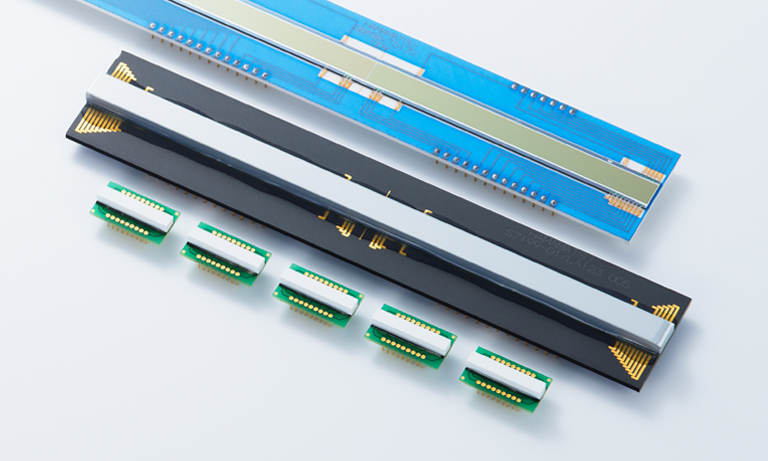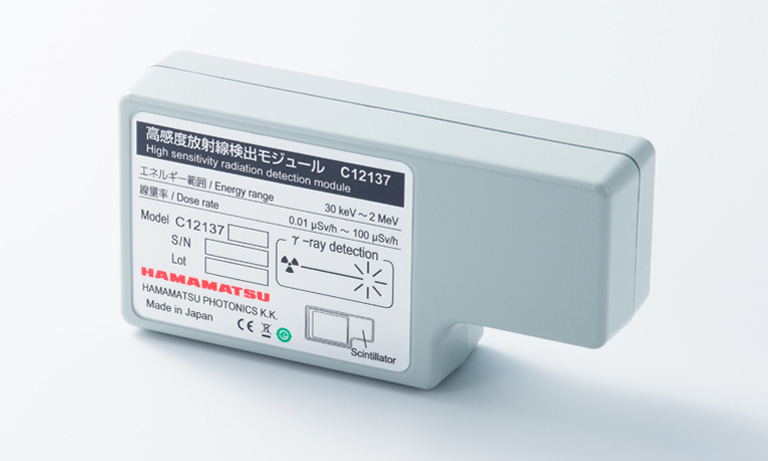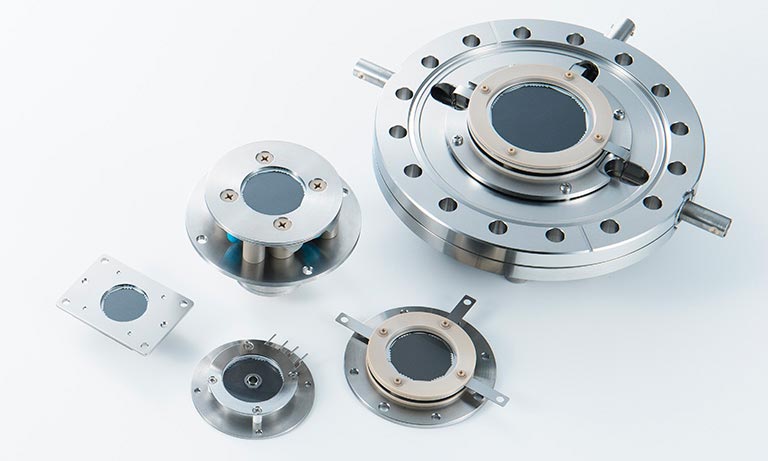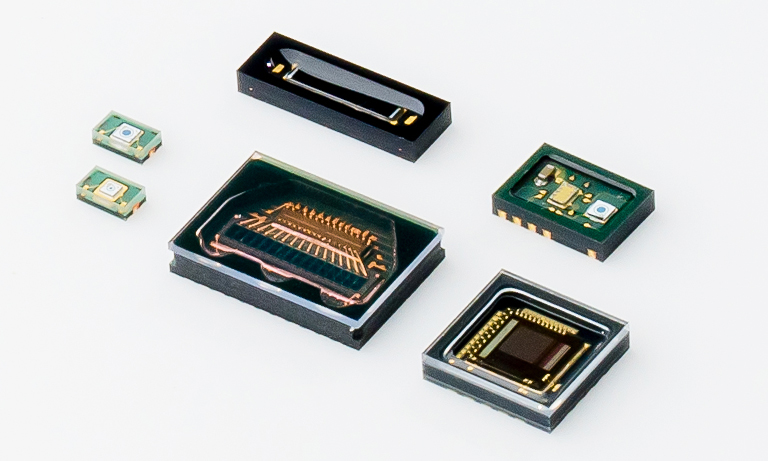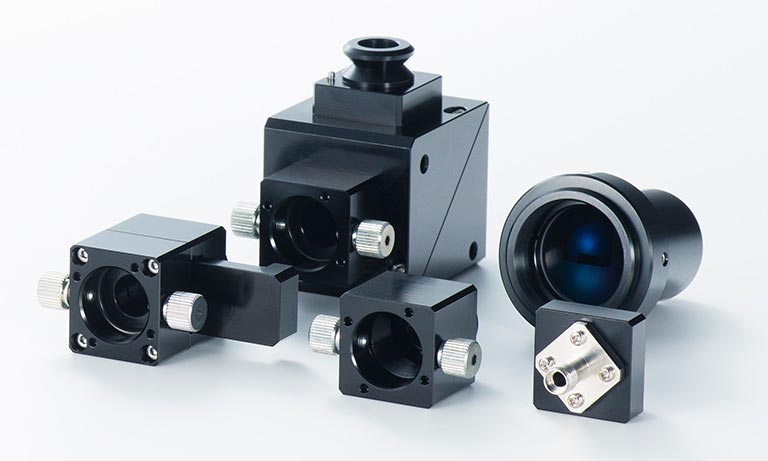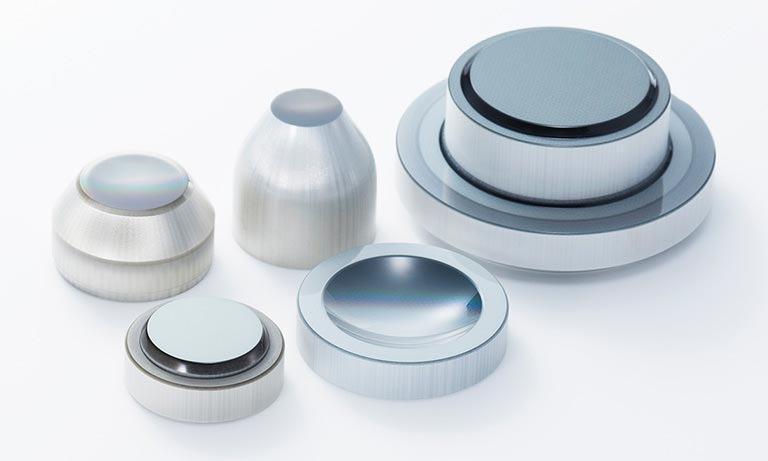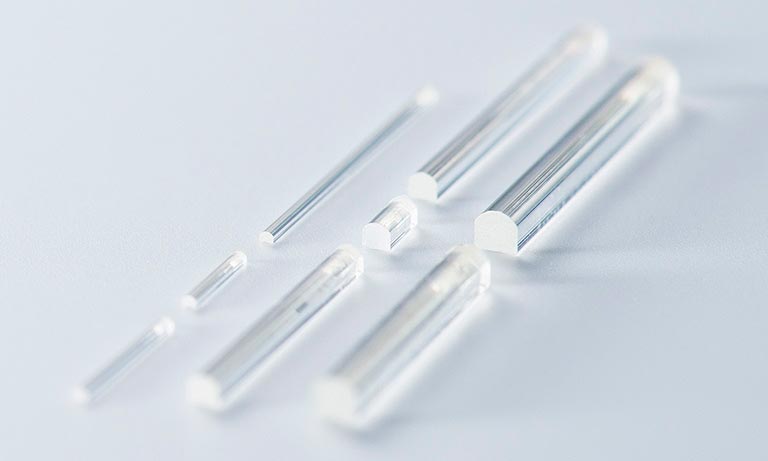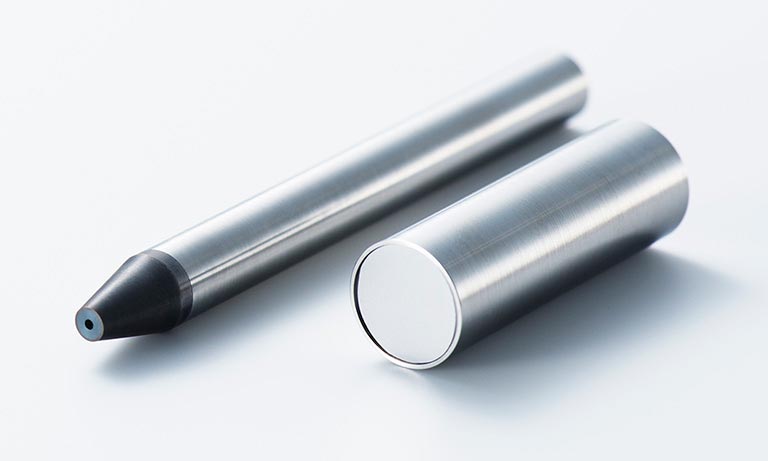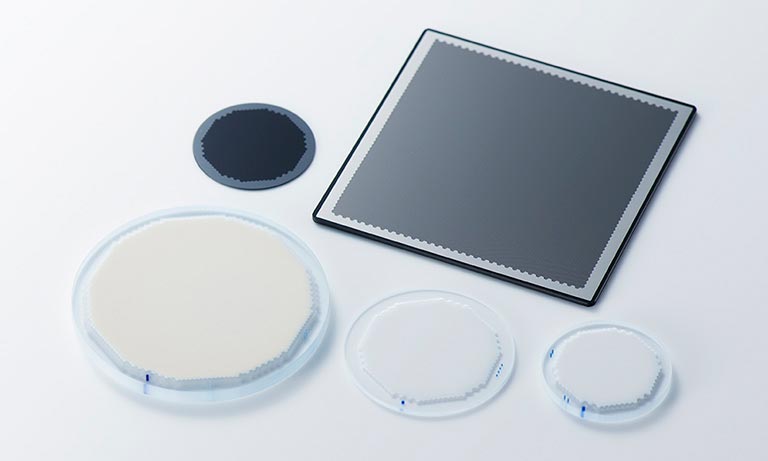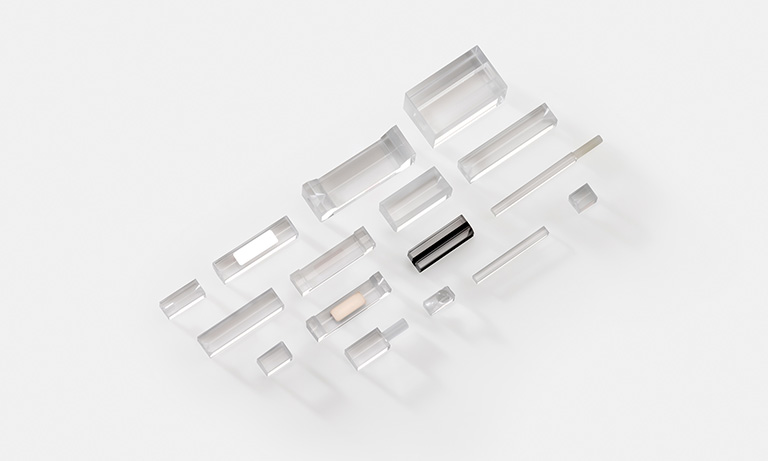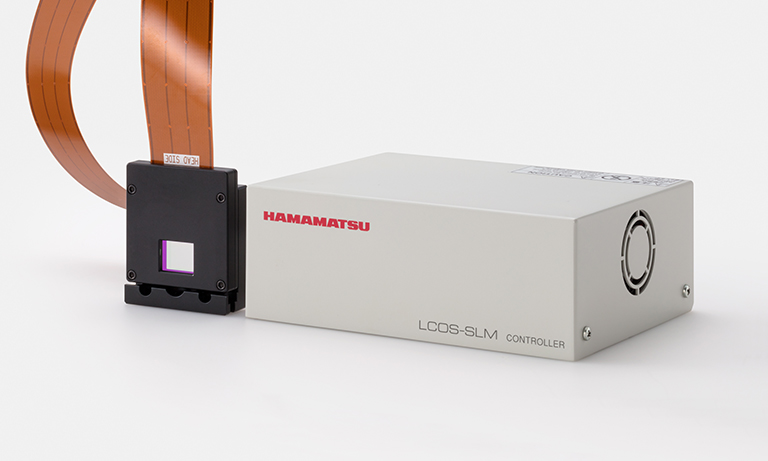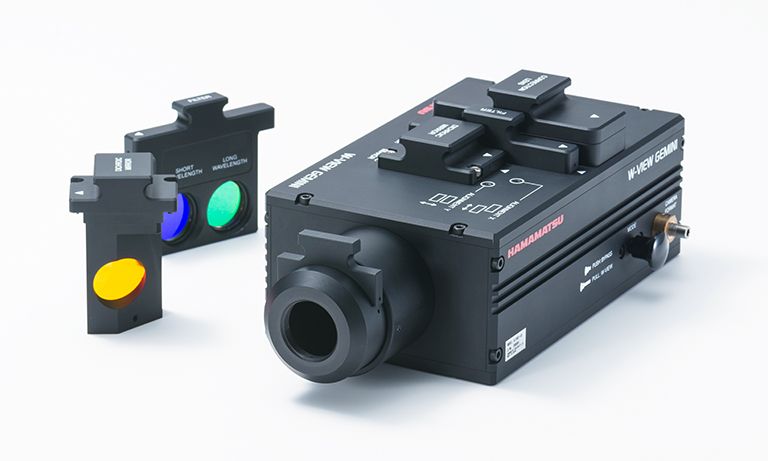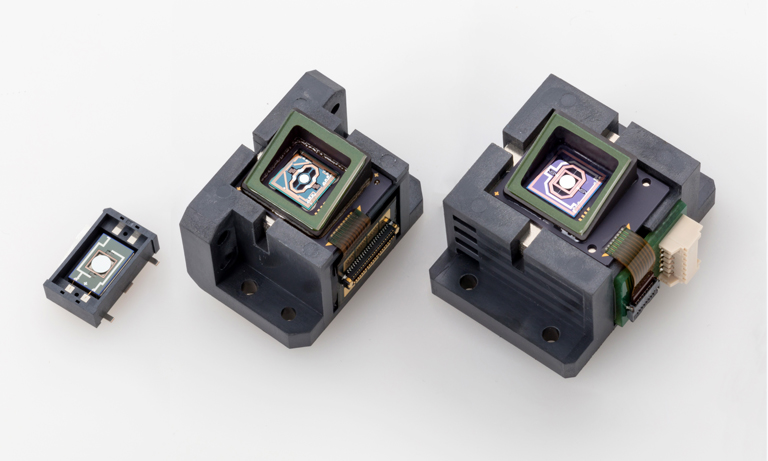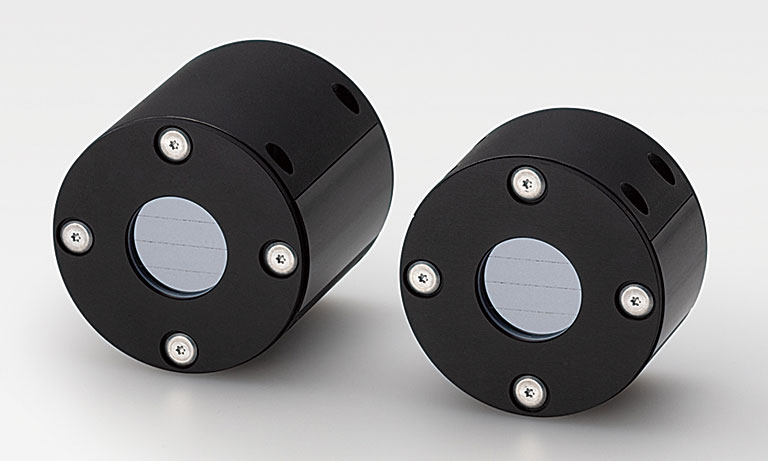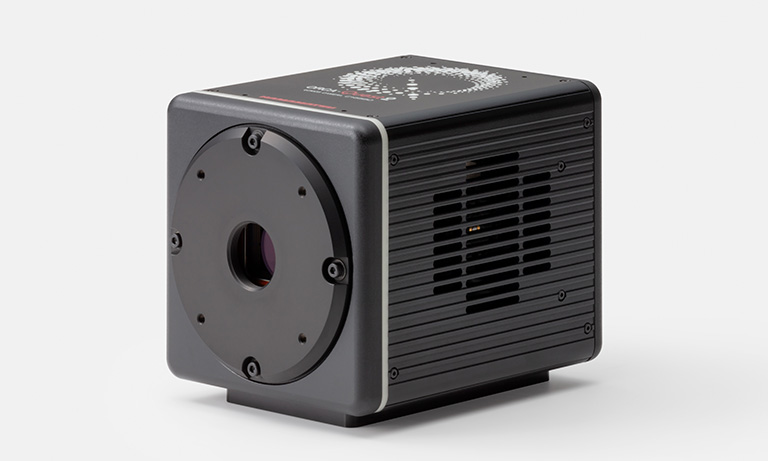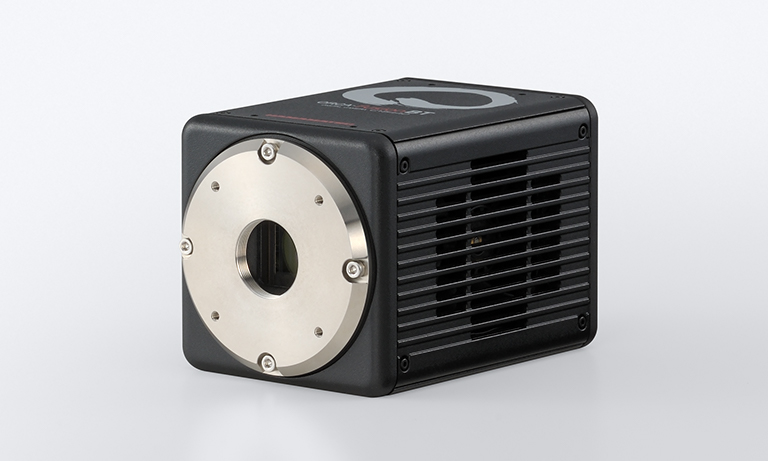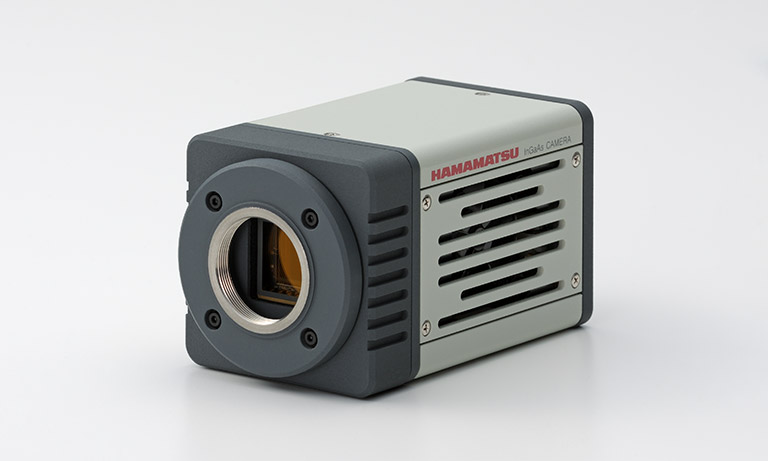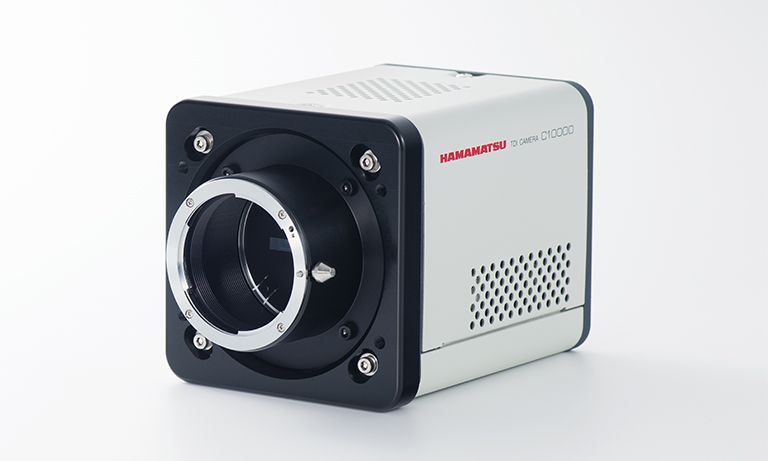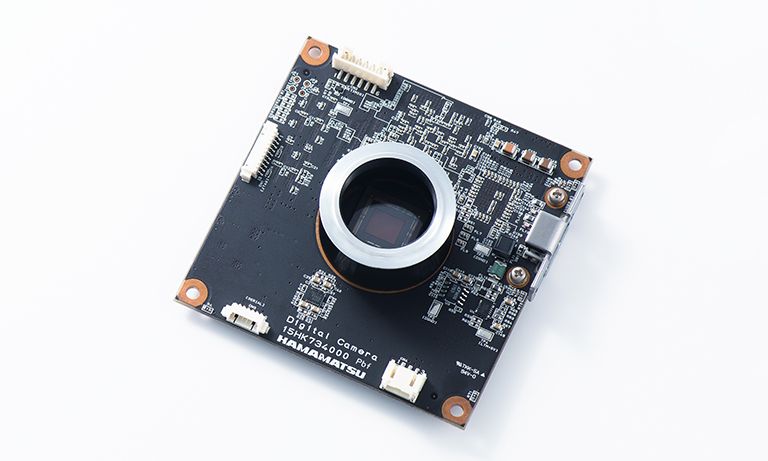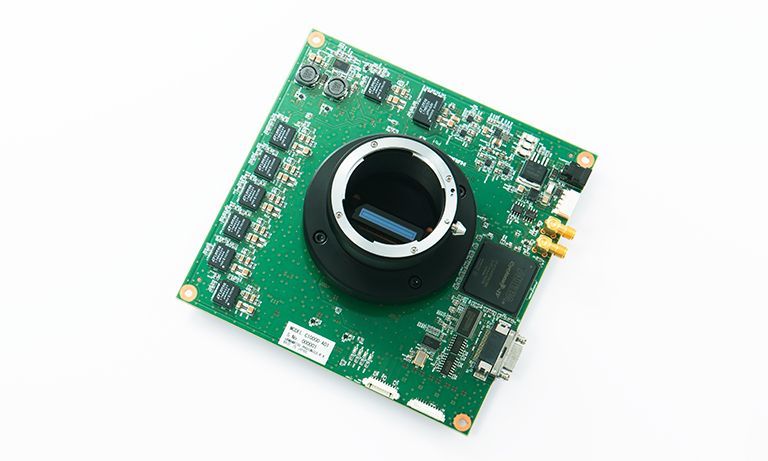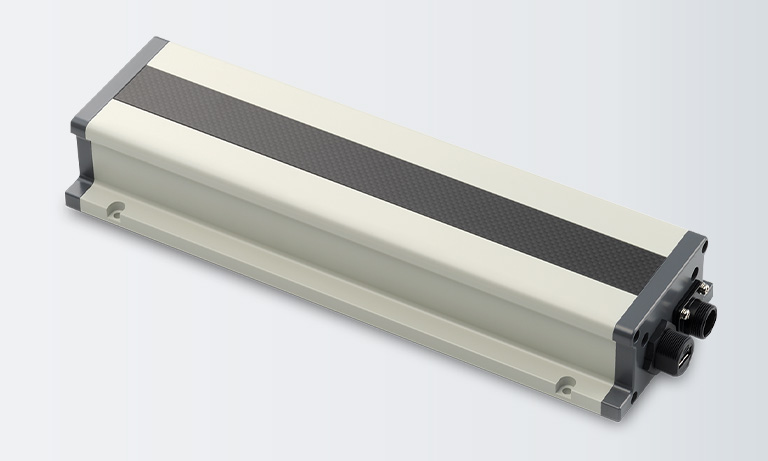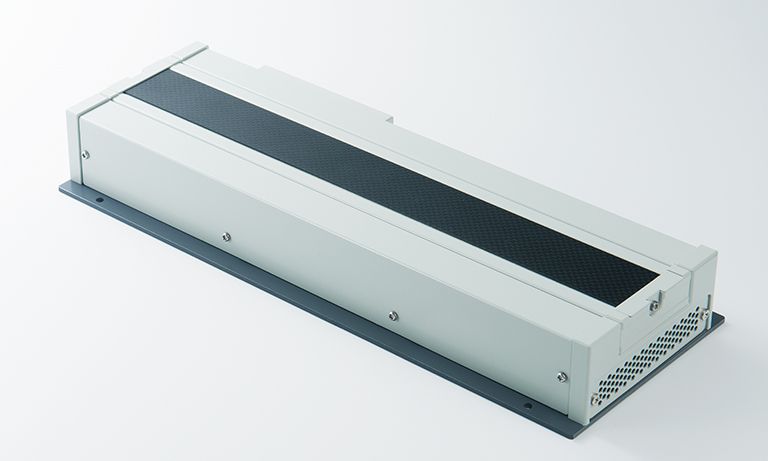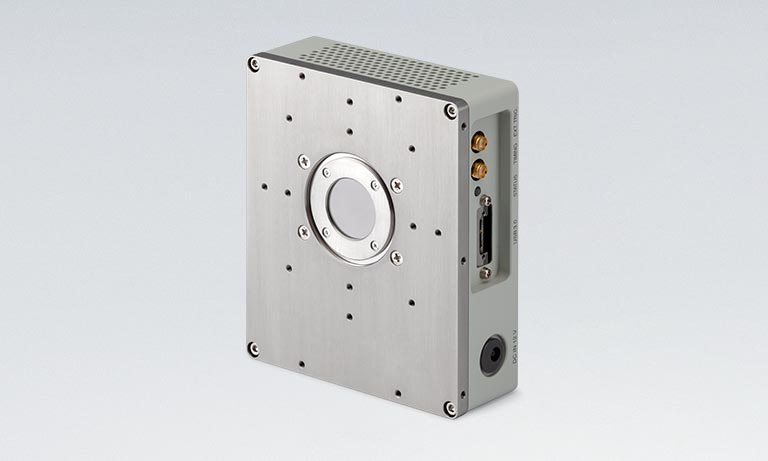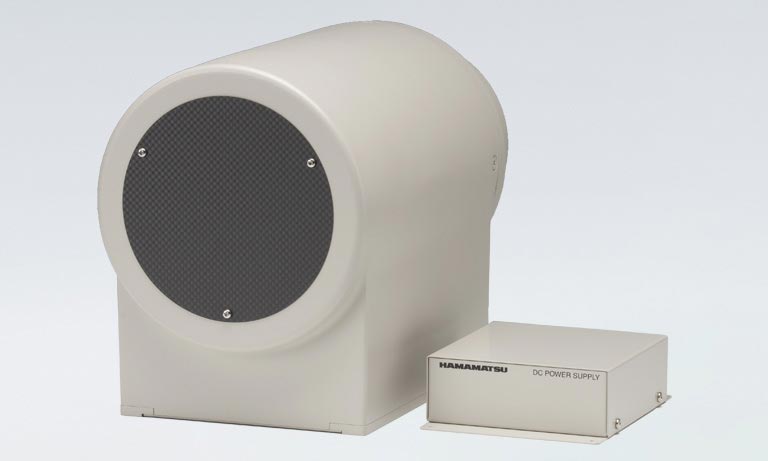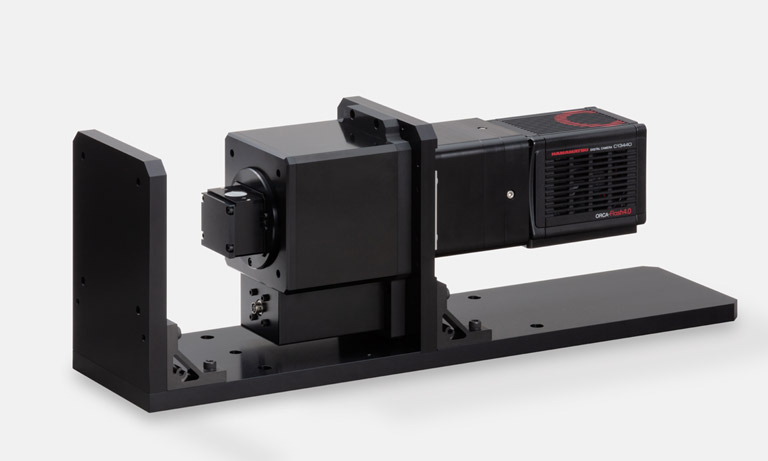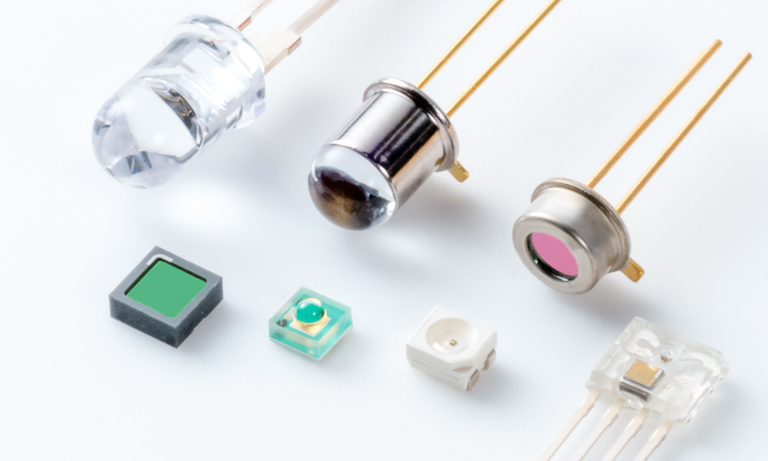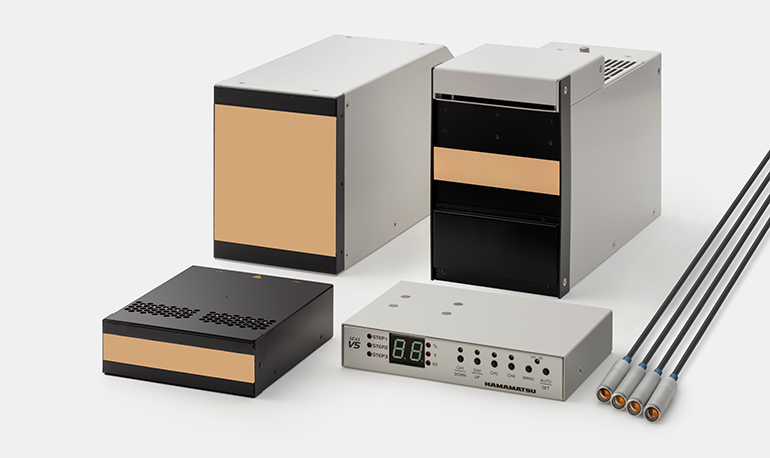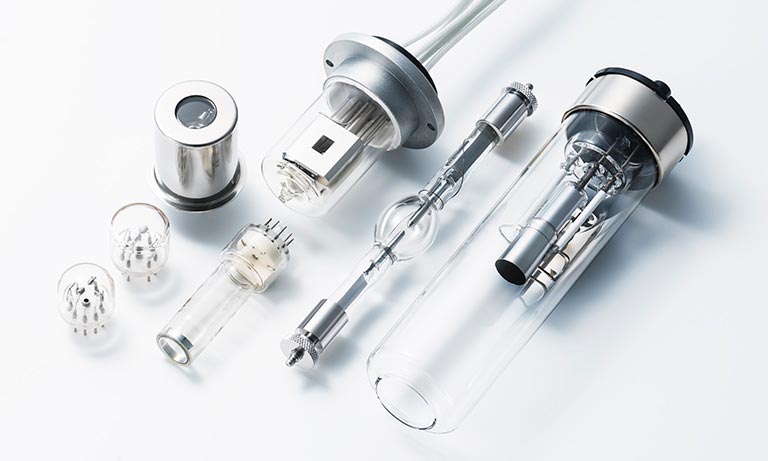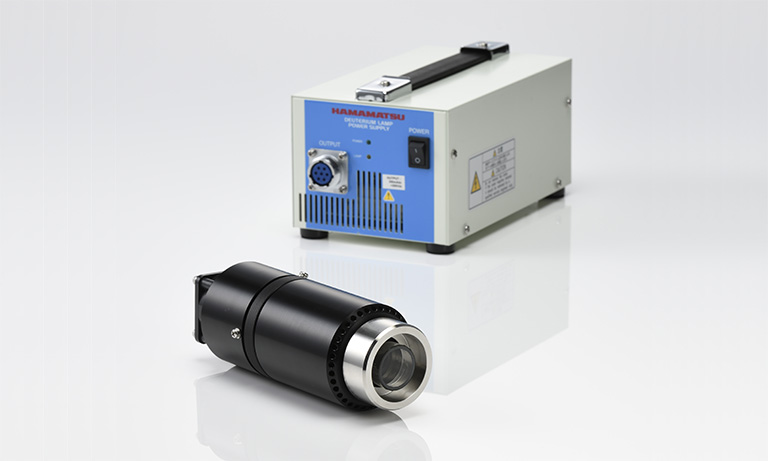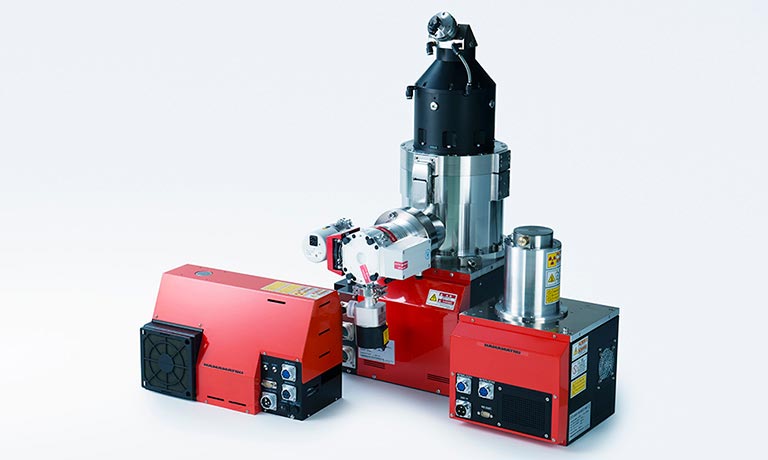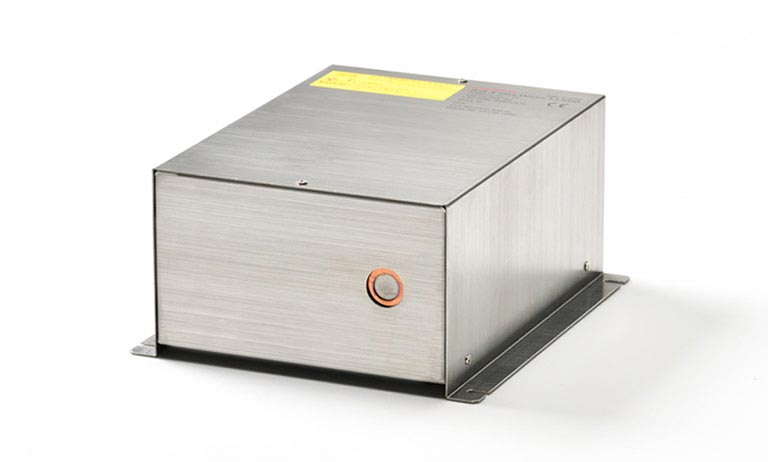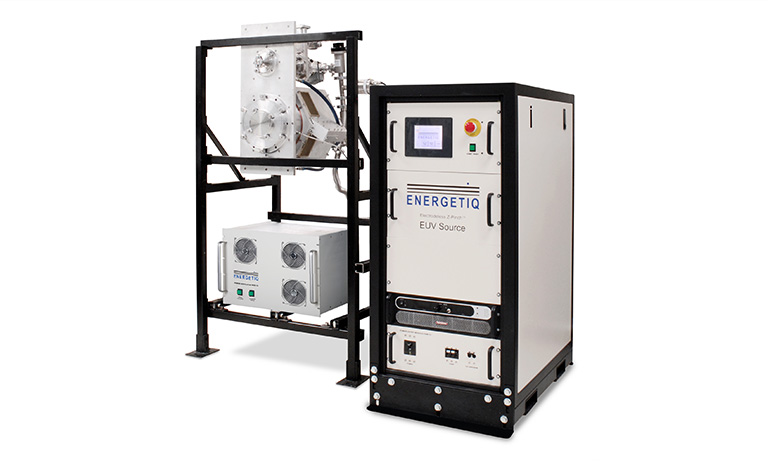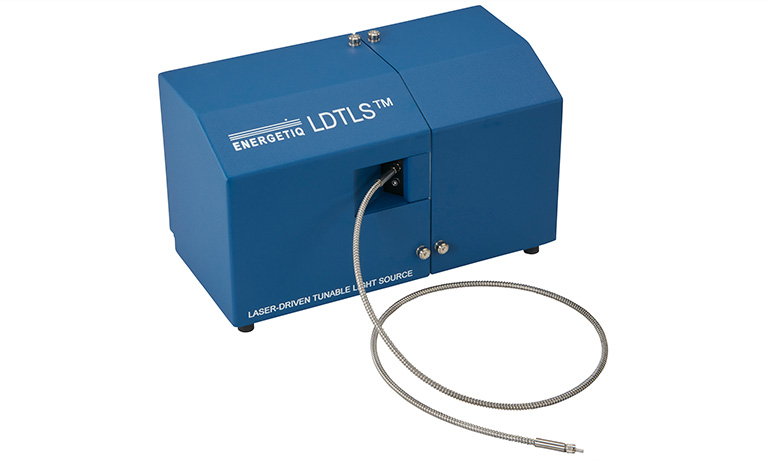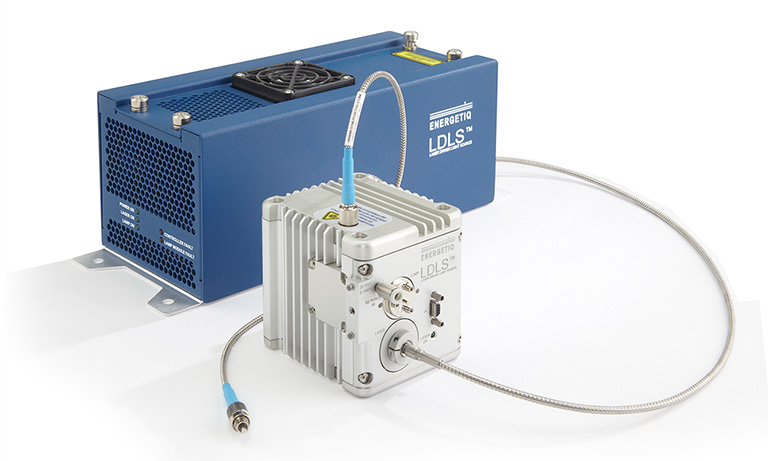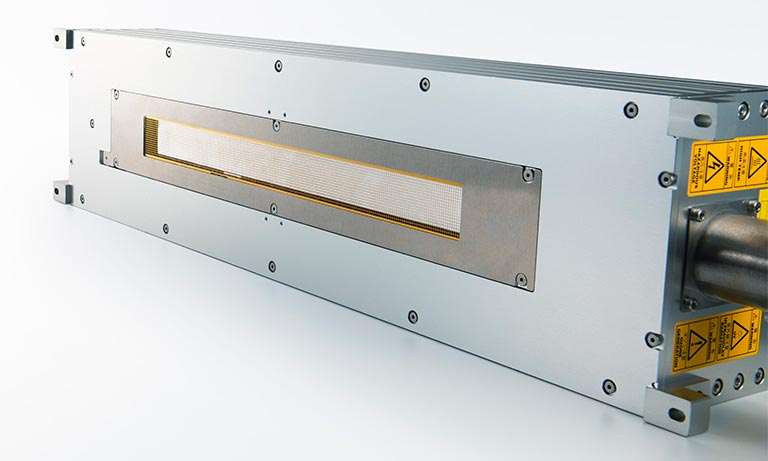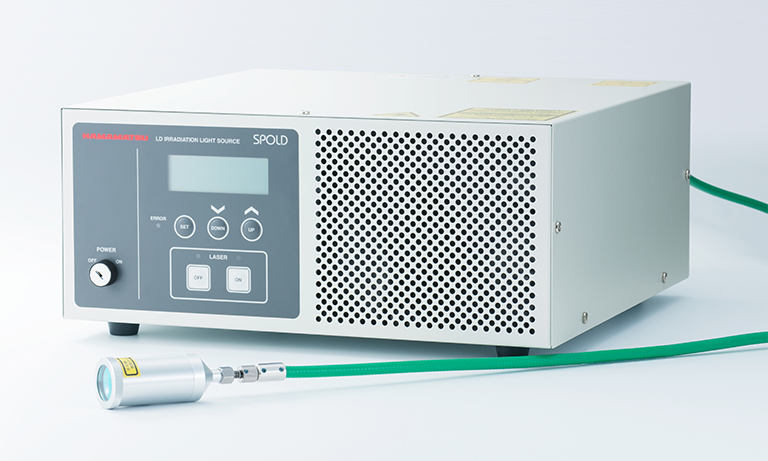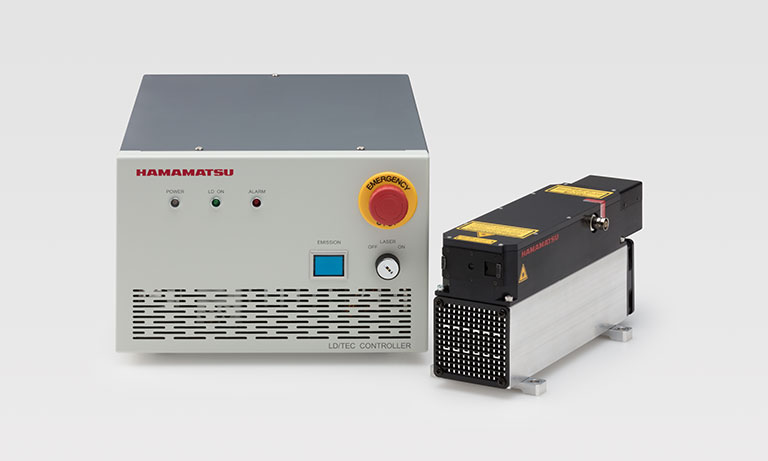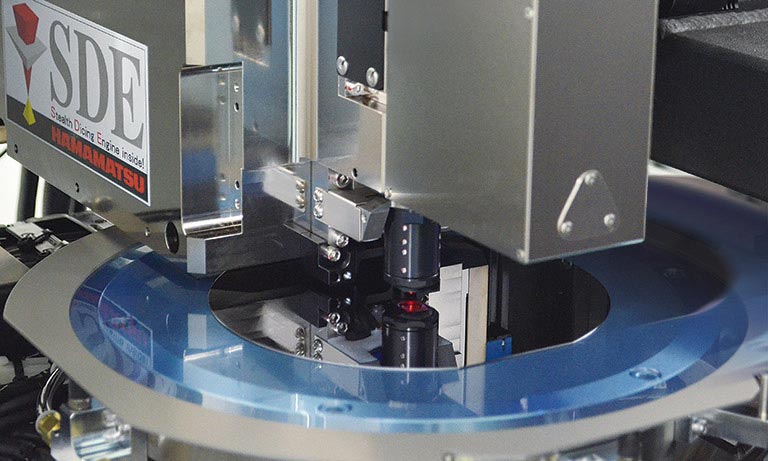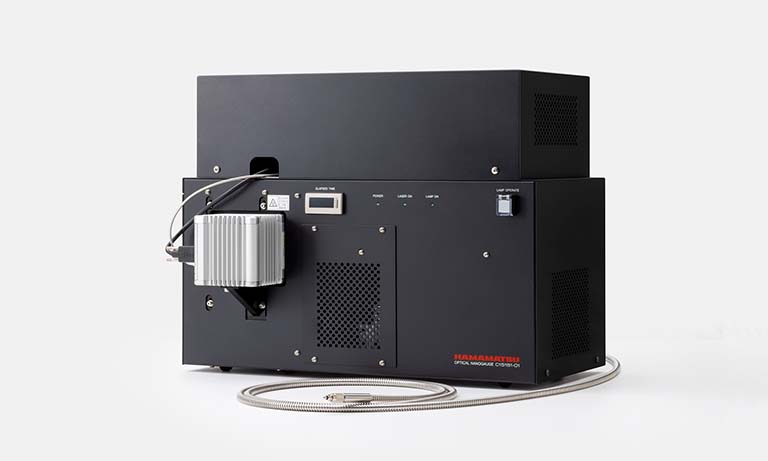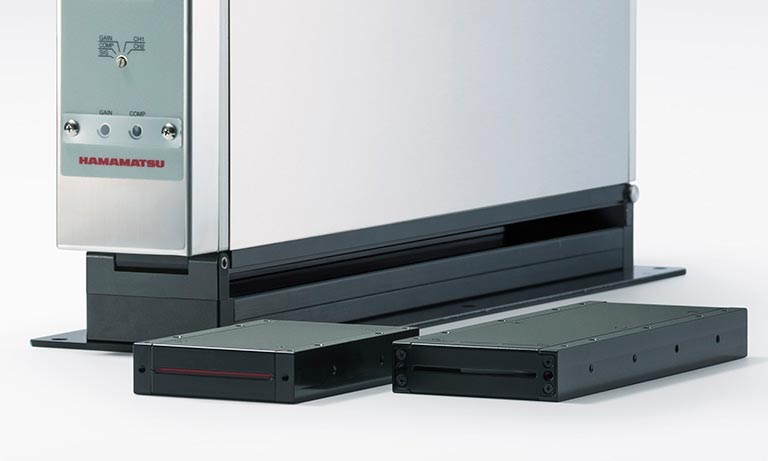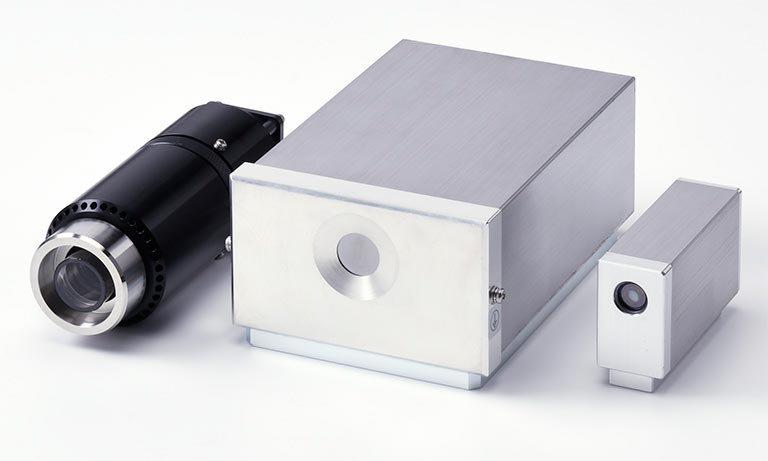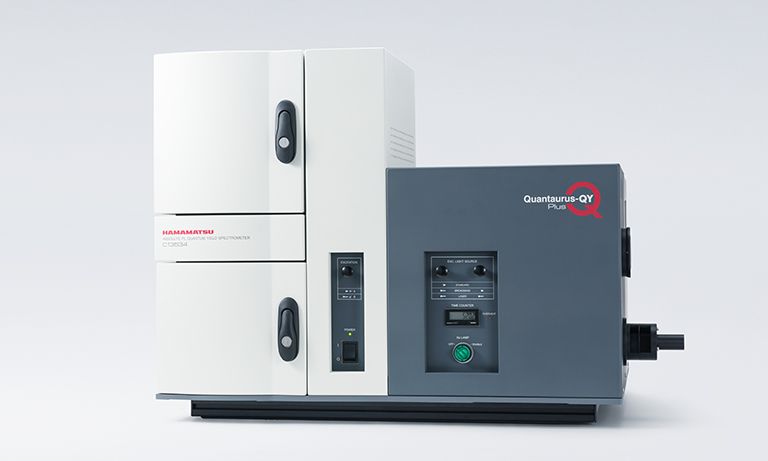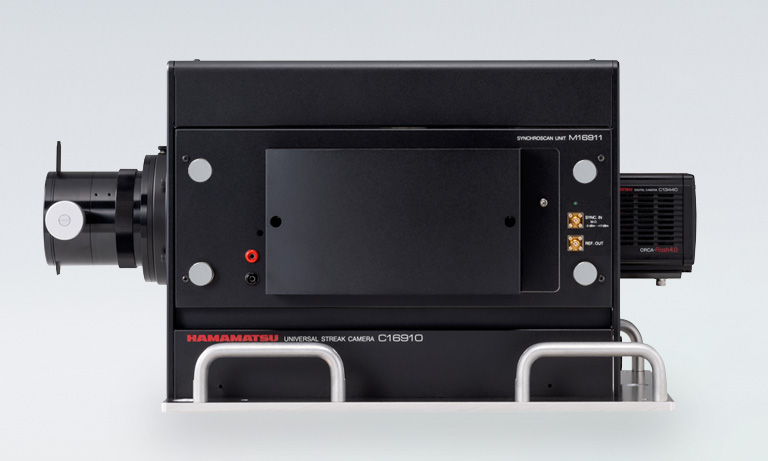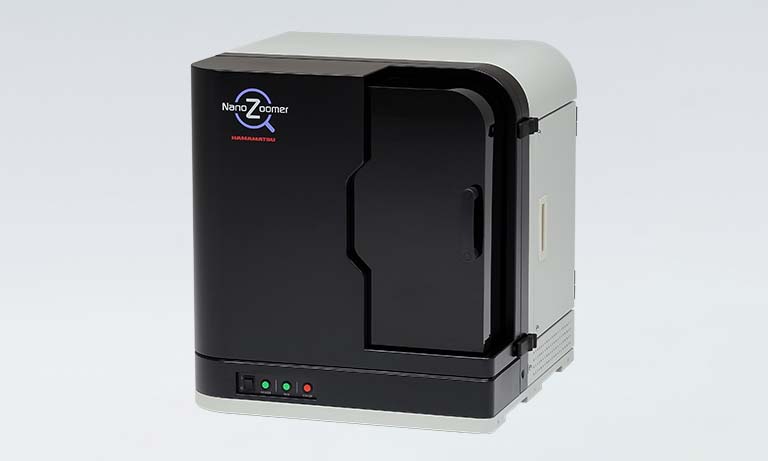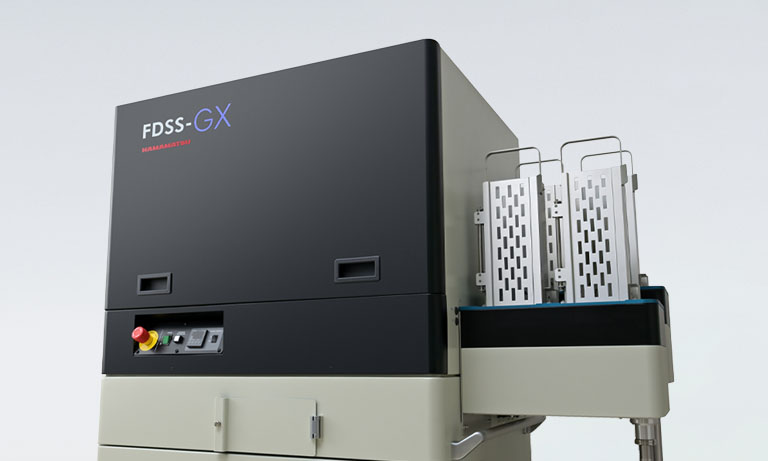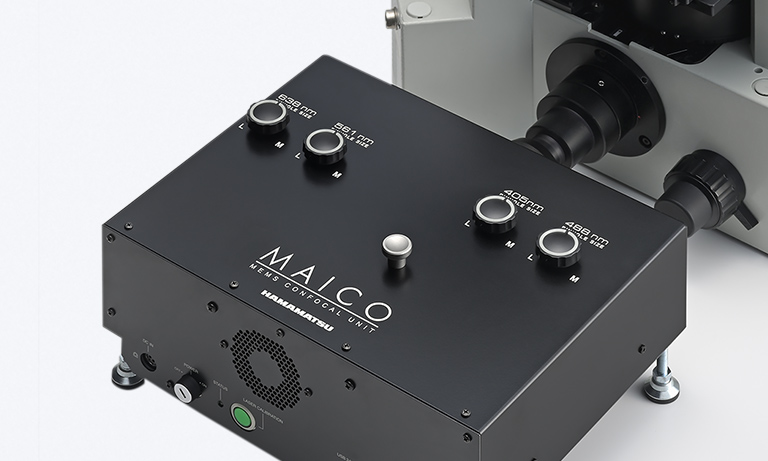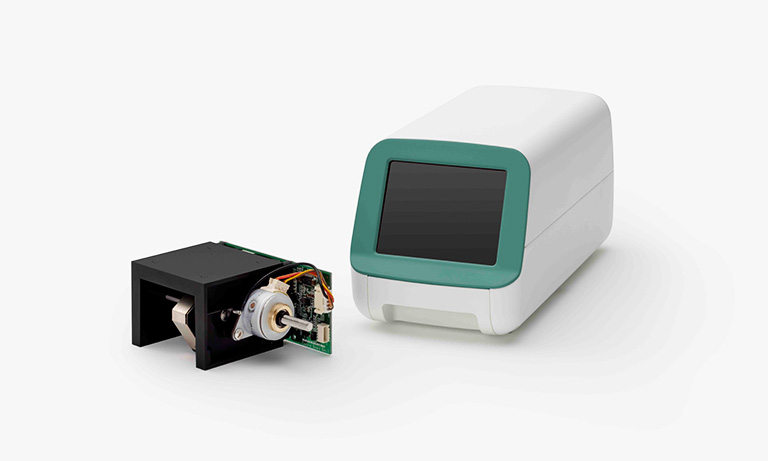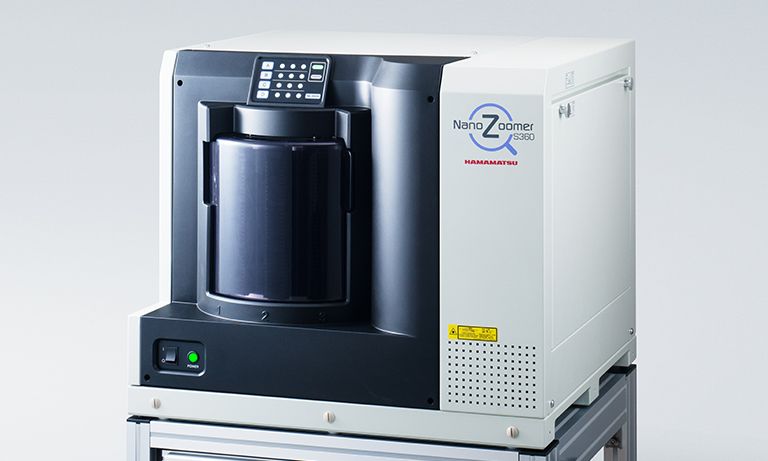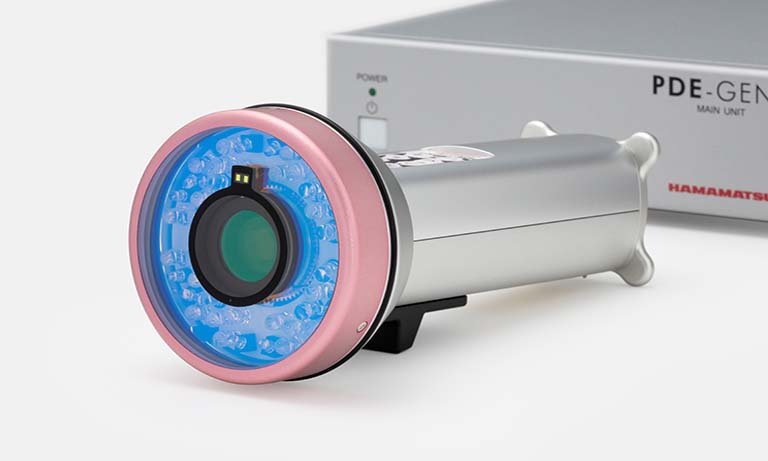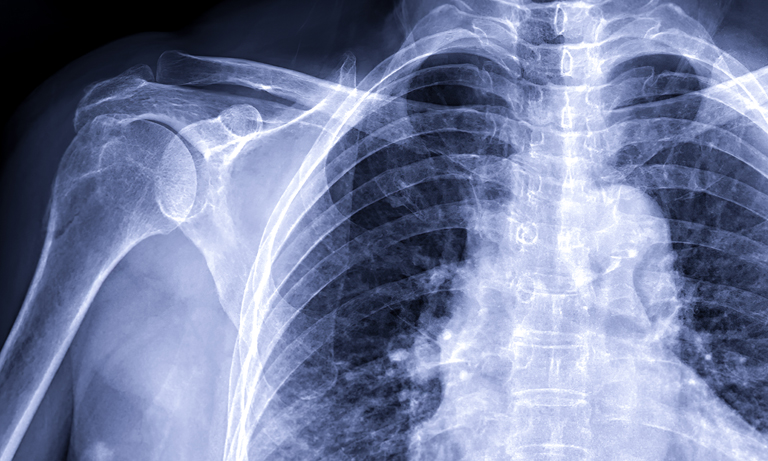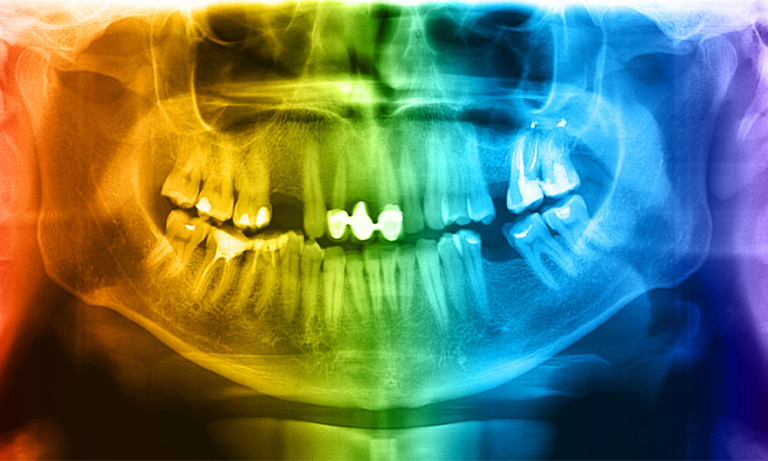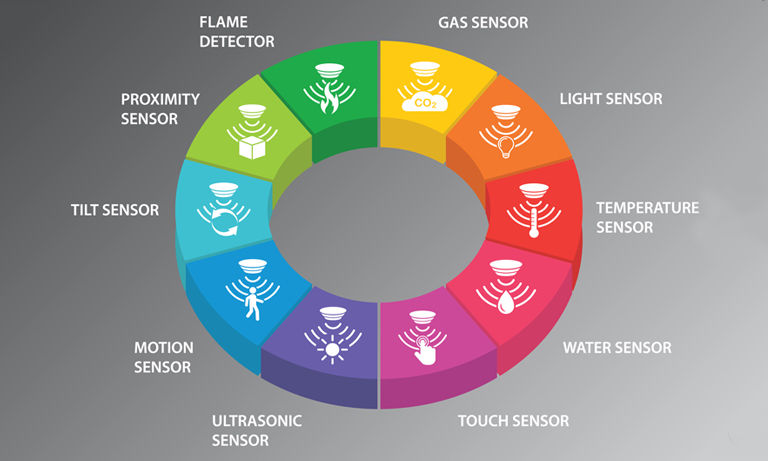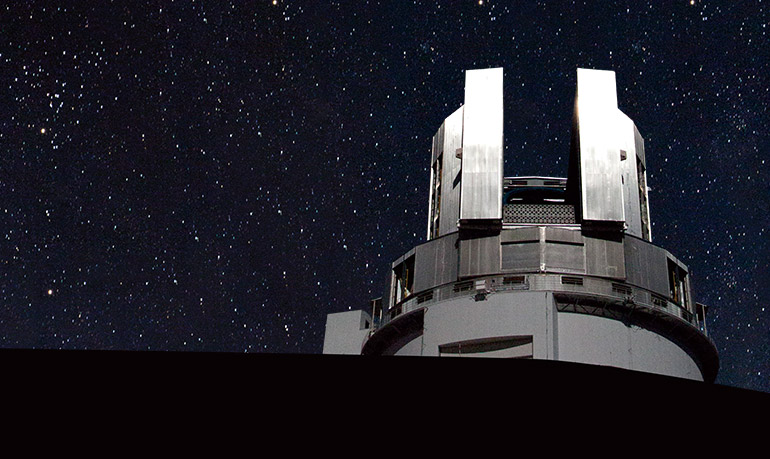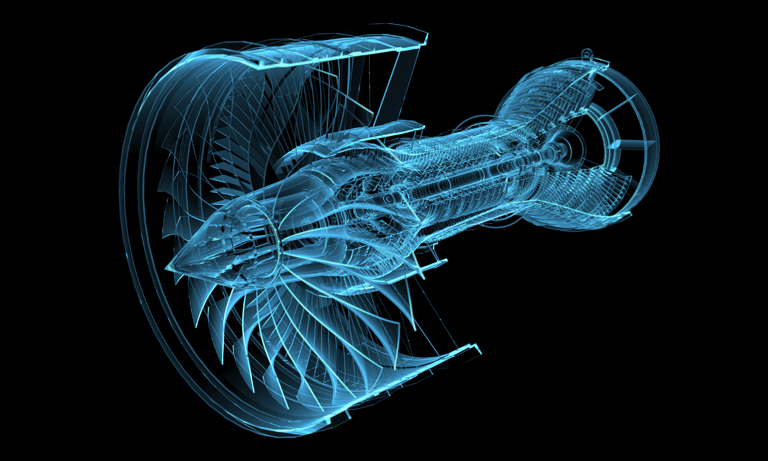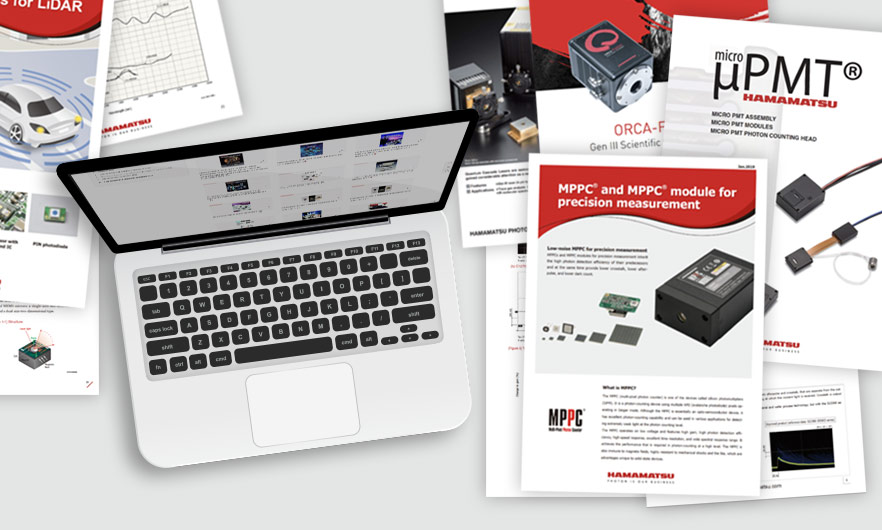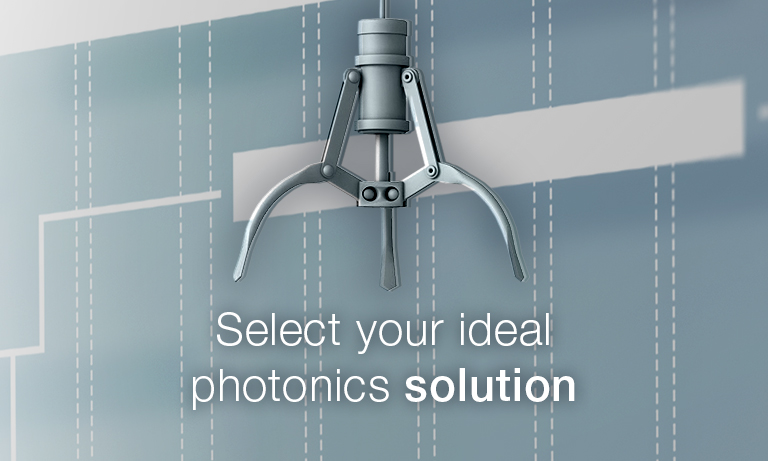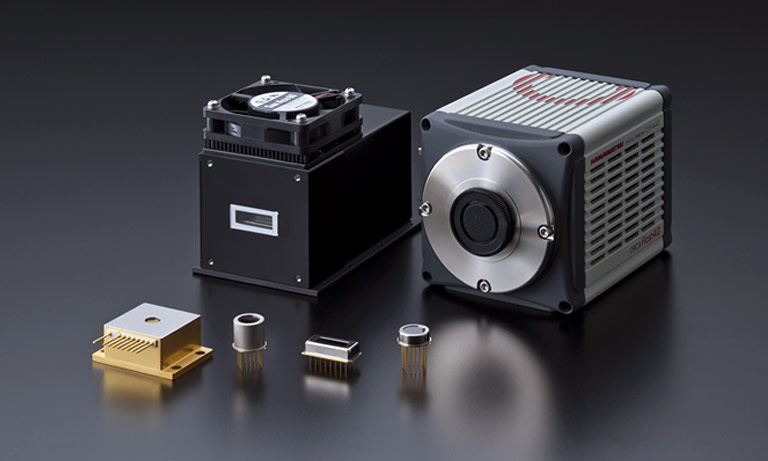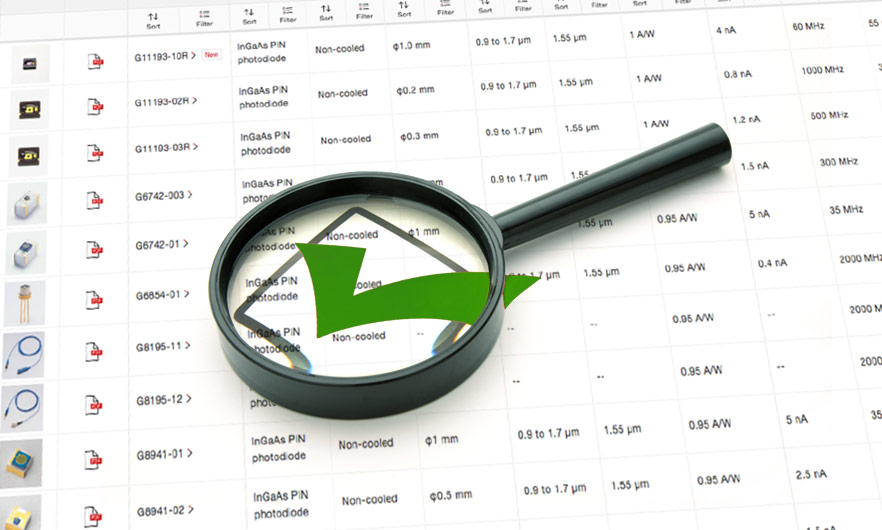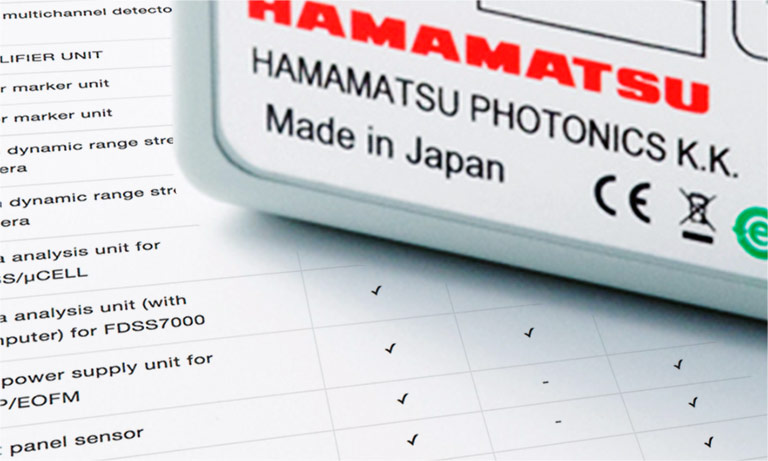United States (EN)
Select your region or country.
C
- C-band, L-band
- Cathode blue sensitivity, Blue sensitivity index
- Cathode luminous sensitivity
- Cathode radiant sensitivity
- Cathode type
- CDR (clock and data recovery)
- CDS (correlated double sampling)
- Center limiting resolution
- Channel diameter - MCP
- Channel pitch
- Compton scattering
- Crosstalk
- Cutoff frequency (fc)
C-band, L-band
Wavelength band classification used for optical communication. The spectral range for C-band and L-band spans from 1530 nm to 1625 nm. Other wavelength band names depending on the spectral range are used as shown below.
- L-band: 1565 nm to 1625 nm
- C-band: 1530 nm to 1565 nm
- S-band: 1460 nm to 1530 nm
- E-band: 1360 nm to 1460 nm
- O-band: 1260 nm to 1360 nm
Cathode blue sensitivity, Blue sensitivity index
Blue sensitivity index is the photoelectric current generated from the photocathode when a blue filter (CS 5-58) is interposed in the same measurement system as used to measure cathode luminous sensitivity. Blue sensitivity index is an essential parameter in scintillation counting because the NaI(Tl) scintillations frequently used in scintillation counting, produce light emissions in the blue.
Cathode luminous sensitivity
Cathode luminous sensitivity is the photoelectric current from the photocathode per incident light flux (10-5 to 10-2 lumens) from a tungsten filament lamp operated at a distribution temperature of 2856K. Cathode and anode luminous sensitivity are particularly useful when comparing tubes having the same or similar spectral response.
The cathode luminous sensitivity is expressed in uA/lm (microamperes per lumen). Note that the lumen is a unit used for luminous flux in the visible region and therefore these values may be meaningless for tubes that are sensitive beyond the visible light region.
Cathode radiant sensitivity
Radiant sensitivity is the photoelectric current from the photocathode, divided by the incident radiant power at a given wavelength, expressed in A/W (amperes per watt). Quantum efficiency (QE) is the number of photoelectrons emitted from the photocathode divided by the number of incident photons. Quantum efficiency is usually expressed as a percent. Quantum efficiency and radiant sensitivity have the relationship shown in the equation at a given wavelength.$$ QE=\biggl( \frac{S \cdot 1240}{\lambda}\biggr)\cdot 100\ [%] $$ S : Photosensitivity (A/W)
λ : Wavelength (nm)
Cathode type
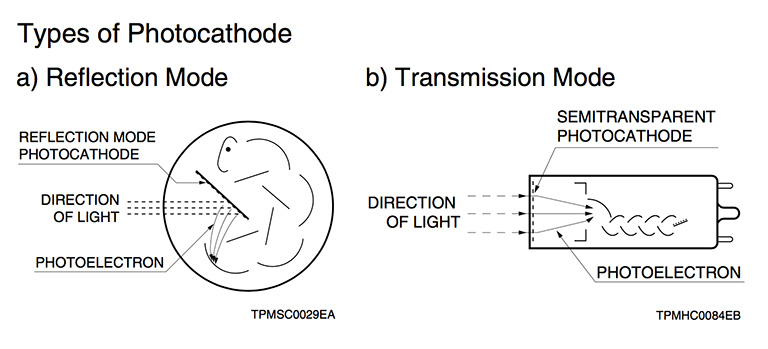
Cathode luminous sensitivity is the photoelectric current from the photocathode per incident light flux (10-5 to 10-2 lumens) from a tungsten filament lamp operated at a distribution temperature of 2856K. Cathode and anode luminous sensitivity are particularly useful when comparing tubes having the same or similar spectral response.
The cathode luminous sensitivity is expressed in uA/lm (microamperes per lumen). Note that the lumen is a unit used for luminous flux in the visible region and therefore these values may be meaningless for tubes that are sensitive beyond the visible light region.
CDR (clock and data recovery)
A device for recovering a clock and data. Data output from a CDR is not exactly the same as the input data, and is synchronized with the timing of the recovered clock.
CDS (correlated double sampling)
A signal processing method most commonly used for reducing readout noise in a CCD. The CCD signal output detected with an FDA contains kTC noise originating from the detection node capacitance. The kTC noise is also referred to as thermal noise and is always generated by reset operation in a charge-to-voltage converter device like a CCD. The kTC noise in the output can be reduced by using CDS which detects the difference in voltage levels before and after the signal charge flows in the detection node. CDS is also used to reduce noise in CMOS image sensors.
Center limiting resolution
The limiting resolution shows the ability to delineate image detail. This is expressed as the maximum number of line-pairs per millimeter on the photocathode (1 line-pair = a pair of black and white lines) that can be discerned when a black-and-white stripe pattern is focused on the photocathode.
Channel diameter - MCP
Diameter of the individual channels of an MCP. The MCP pore size and pitch limit the minimum spatial resolution available.
Channel pitch
The center to center spacing between active elements such as the channels of an MCP or elements of a PMT or photodiode array. The MCP channel or pixel size and pitch limit the spatial resolution available.
Compton scattering
The phenomenon in which X-rays and gamma rays, etc. are scattered and part of their energy is lost when they collide with particles (electrons, etc.). This phenomenon is known as indicating particle properties of X-rays, etc.
Crosstalk
A phenomenon in which an electrical signal generated in an element by an incident light signal leaks out into adjacent elements. In an MPPC, a carrier excited in an APD pixel by an incident photon is multiplied in the avalanche process. During this process, photons different from the incident photon might be generated. If these photons are detected by other APD pixels, then the MPPC output will be higher than the number of photons that actually entered the MPPC. This phenomenon is thought to be one cause of crosstalk in the MPPC.
Cutoff frequency (fc)
The frequency at which the output of a device decreases by 3 dB from the constant output at lower frequencies. The relation between the cutoff frequency (fc) and the rise time (tr) is approximately expressed by the equation.$$tr [s]=\frac{0.35}{fc}[Hz]$$
- Confirmation
-
It looks like you're in the . If this is not your location, please select the correct region or country below.
You're headed to Hamamatsu Photonics website for US (English). If you want to view an other country's site, the optimized information will be provided by selecting options below.
In order to use this website comfortably, we use cookies. For cookie details please see our cookie policy.
- Cookie Policy
-
This website or its third-party tools use cookies, which are necessary to its functioning and required to achieve the purposes illustrated in this cookie policy. By closing the cookie warning banner, scrolling the page, clicking a link or continuing to browse otherwise, you agree to the use of cookies.
Hamamatsu uses cookies in order to enhance your experience on our website and ensure that our website functions.
You can visit this page at any time to learn more about cookies, get the most up to date information on how we use cookies and manage your cookie settings. We will not use cookies for any purpose other than the ones stated, but please note that we reserve the right to update our cookies.
1. What are cookies?
For modern websites to work according to visitor’s expectations, they need to collect certain basic information about visitors. To do this, a site will create small text files which are placed on visitor’s devices (computer or mobile) - these files are known as cookies when you access a website. Cookies are used in order to make websites function and work efficiently. Cookies are uniquely assigned to each visitor and can only be read by a web server in the domain that issued the cookie to the visitor. Cookies cannot be used to run programs or deliver viruses to a visitor’s device.
Cookies do various jobs which make the visitor’s experience of the internet much smoother and more interactive. For instance, cookies are used to remember the visitor’s preferences on sites they visit often, to remember language preference and to help navigate between pages more efficiently. Much, though not all, of the data collected is anonymous, though some of it is designed to detect browsing patterns and approximate geographical location to improve the visitor experience.
Certain type of cookies may require the data subject’s consent before storing them on the computer.
2. What are the different types of cookies?
This website uses two types of cookies:
- First party cookies. For our website, the first party cookies are controlled and maintained by Hamamatsu. No other parties have access to these cookies.
- Third party cookies. These cookies are implemented by organizations outside Hamamatsu. We do not have access to the data in these cookies, but we use these cookies to improve the overall website experience.
3. How do we use cookies?
This website uses cookies for following purposes:
- Certain cookies are necessary for our website to function. These are strictly necessary cookies and are required to enable website access, support navigation or provide relevant content. These cookies direct you to the correct region or country, and support security and ecommerce. Strictly necessary cookies also enforce your privacy preferences. Without these strictly necessary cookies, much of our website will not function.
- Analytics cookies are used to track website usage. This data enables us to improve our website usability, performance and website administration. In our analytics cookies, we do not store any personal identifying information.
- Functionality cookies. These are used to recognize you when you return to our website. This enables us to personalize our content for you, greet you by name and remember your preferences (for example, your choice of language or region).
- These cookies record your visit to our website, the pages you have visited and the links you have followed. We will use this information to make our website and the advertising displayed on it more relevant to your interests. We may also share this information with third parties for this purpose.
Cookies help us help you. Through the use of cookies, we learn what is important to our visitors and we develop and enhance website content and functionality to support your experience. Much of our website can be accessed if cookies are disabled, however certain website functions may not work. And, we believe your current and future visits will be enhanced if cookies are enabled.
4. Which cookies do we use?
There are two ways to manage cookie preferences.
- You can set your cookie preferences on your device or in your browser.
- You can set your cookie preferences at the website level.
If you don’t want to receive cookies, you can modify your browser so that it notifies you when cookies are sent to it or you can refuse cookies altogether. You can also delete cookies that have already been set.
If you wish to restrict or block web browser cookies which are set on your device then you can do this through your browser settings; the Help function within your browser should tell you how. Alternatively, you may wish to visit www.aboutcookies.org, which contains comprehensive information on how to do this on a wide variety of desktop browsers.
5. What are Internet tags and how do we use them with cookies?
Occasionally, we may use internet tags (also known as action tags, single-pixel GIFs, clear GIFs, invisible GIFs and 1-by-1 GIFs) at this site and may deploy these tags/cookies through a third-party advertising partner or a web analytical service partner which may be located and store the respective information (including your IP-address) in a foreign country. These tags/cookies are placed on both online advertisements that bring users to this site and on different pages of this site. We use this technology to measure the visitors' responses to our sites and the effectiveness of our advertising campaigns (including how many times a page is opened and which information is consulted) as well as to evaluate your use of this website. The third-party partner or the web analytical service partner may be able to collect data about visitors to our and other sites because of these internet tags/cookies, may compose reports regarding the website’s activity for us and may provide further services which are related to the use of the website and the internet. They may provide such information to other parties if there is a legal requirement that they do so, or if they hire the other parties to process information on their behalf.
If you would like more information about web tags and cookies associated with on-line advertising or to opt-out of third-party collection of this information, please visit the Network Advertising Initiative website http://www.networkadvertising.org.
6. Analytics and Advertisement Cookies
We use third-party cookies (such as Google Analytics) to track visitors on our website, to get reports about how visitors use the website and to inform, optimize and serve ads based on someone's past visits to our website.
You may opt-out of Google Analytics cookies by the websites provided by Google:
https://tools.google.com/dlpage/gaoptout?hl=en
As provided in this Privacy Policy (Article 5), you can learn more about opt-out cookies by the website provided by Network Advertising Initiative:
http://www.networkadvertising.org
We inform you that in such case you will not be able to wholly use all functions of our website.
Close
